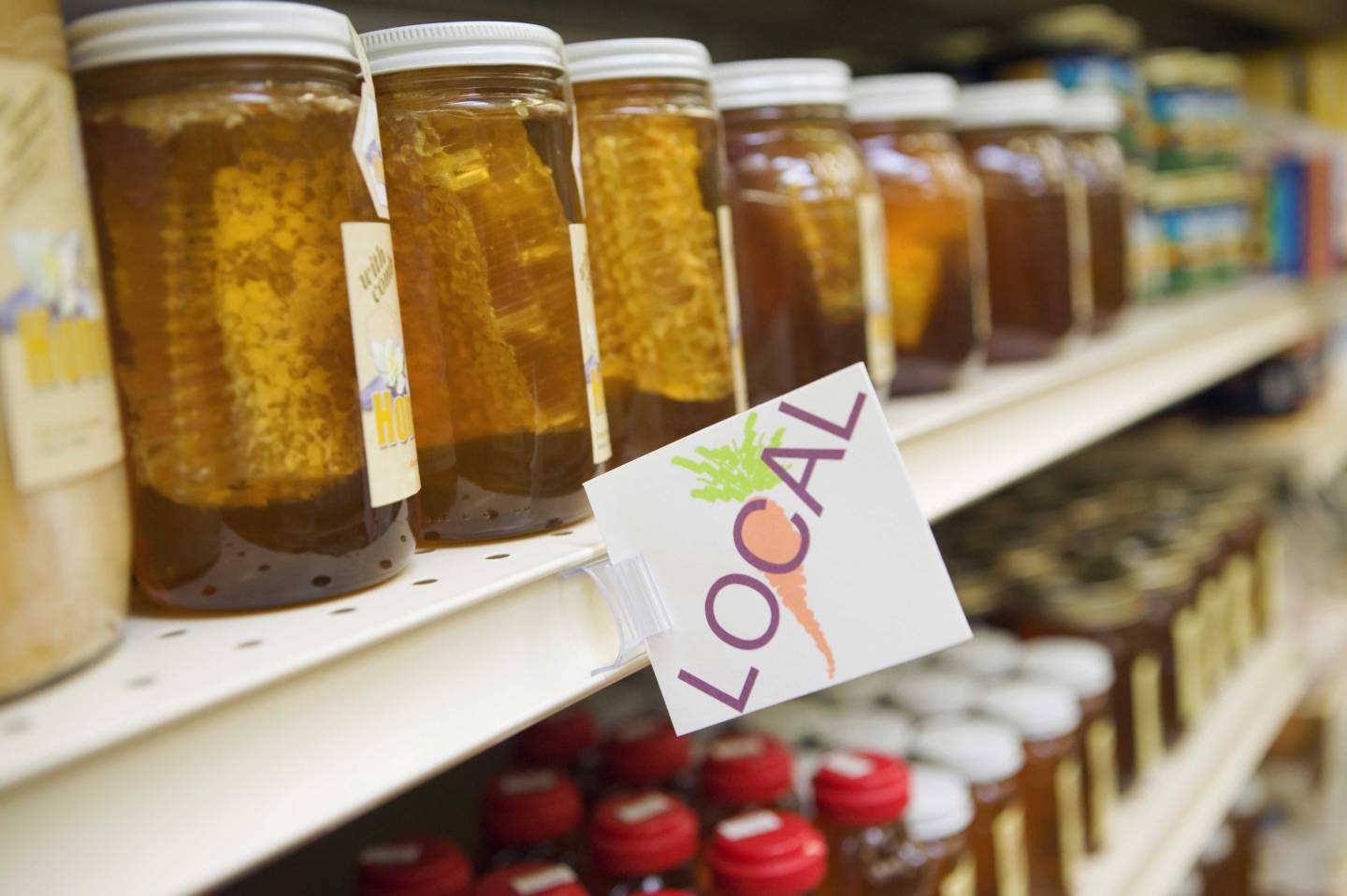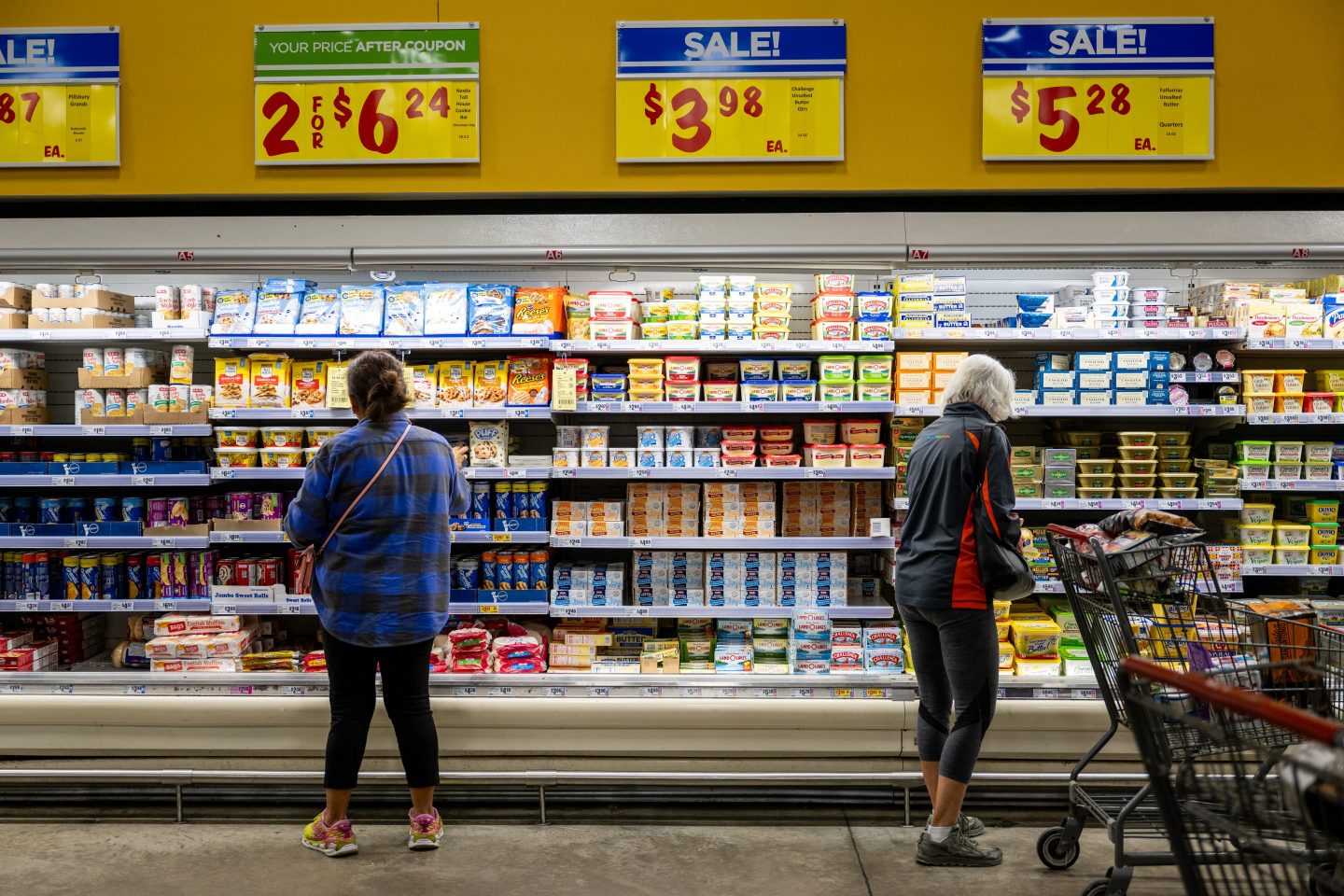The food sector is plastered with words that make consumers feel good about what they eat—but when it comes down to it, their definitions are about as empty as a doughnut’s calories. (“Natural,” which is not even defined by the U.S. Department of Agriculture, is the archetype here.)
But it turns that when it comes to food labeled “local,” consumers are getting savvier. A new study from management consulting firm A.T. Kearney found that 96% of consumers now view local goods as produced or grown within 100 miles from the point of purchase. That’s up from 58% in 2014.
That 100 miles is also a stricter framework than the one used by many grocery stores and government agencies. Congress, for example, defined local as 400 miles in the 2008 Food, Conservation, and Energy Act.
This is more than semantics. Local is big business, with A.T. Kearney estimating that the local food movement is valued at about $12 billion and expected to grow at 9% annually through 2018. Meanwhile, 93% of those surveyed associate local with fresh, which is now the primary driver in grocery store purchases.
Consumers’ push toward fresh, and in turn local, has taken a bite out of the performance of traditional packaged food companies, whose goods have long populated the center of the grocery store. As Fortune detailed earlier this year in “The War on Big Food,” shoppers are increasingly selecting products from the perimeter of the grocery store, where the fresh goods are located. That’s led to a 1% decline in the annual volume of packaged food sold in the U.S. over the past two years, according to Bernstein Research.
The A.T. Kearney study suggests that companies should find ways to make their products local to improve their business. Shoppers are starting to search for local food in categories where legacy food companies have traditionally played. For canned and jarred foods, for example, 13% said local was important—up from 5% last year. Shoppers are also willing to pay more for local; 78% said they would to offer up a premium of 10% or more.












